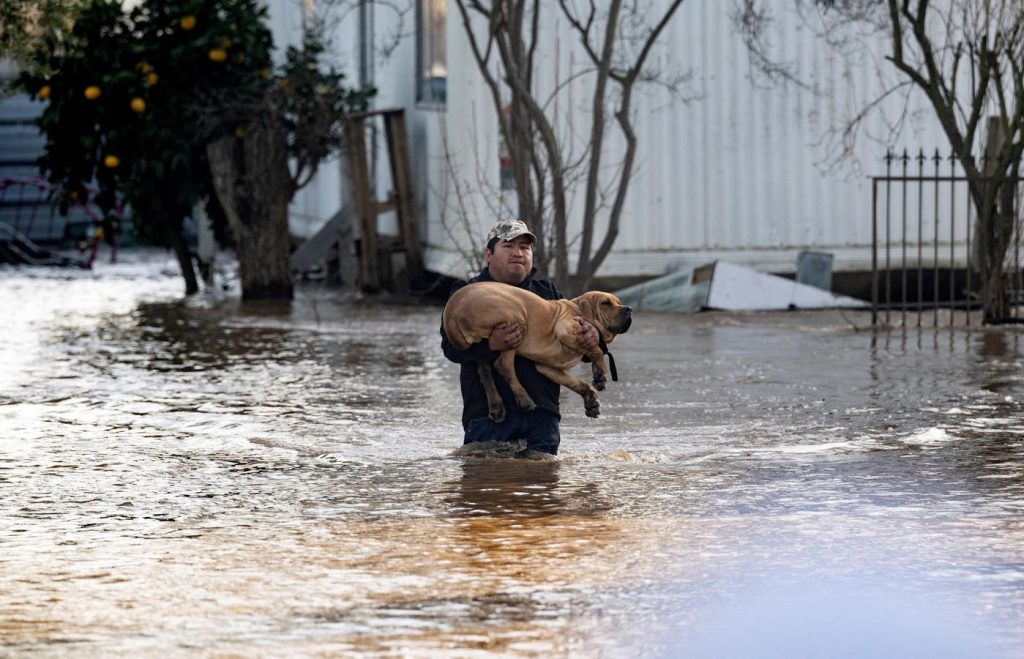Extreme weather events have been wreaking havoc around the globe this year, with devastating floods in locations such as San Diego, South Carolina, New York State, Texas, Pakistan, Brazil, UAE, and Kenya. These floods have been accompanied by extreme heat and drought conditions in areas of Africa, Southern European countries, Latin America, and other regions. The National Oceanic and Atmospheric Administration predicts that these life-threatening weather events are likely to worsen in the coming year, impacting crops, transportation, construction, and potentially leading to famine.
Agriculture and weather expert Shawn Hackett has warned that the current Grand Solar Cycle minimum is contributing to these extreme weather events. This cycle leads to an amplified undulating Jet Stream weather system, causing floods, droughts, and abnormal temperatures. Additionally, a rare climate event caused by the Tonga eruption has led to record amounts of water vapor being thrust into the stratosphere, fueling storm systems with moisture. This, combined with the greenhouse gas qualities of water vapor, is predicted to result in epic flooding and record heat in the coming years.
The extreme weather conditions are expected to last for up to five years before reaching a peak, followed by another five years of continued intensity. The Gleissberg cycle, which occurs at the end of the 11-year sunspot cycle, is also impacting weather patterns by lowering peak and trough counts of sunspots. This cycle repeats every nine decades and is currently near its peak, indicating that weather patterns are likely to worsen over the next 24 months. These violent weather patterns are predicted to have significant impacts on crop production globally, with flooding in Brazil, wet conditions in France’s grain belt, high temperatures and drought in Western Russia, and abnormal flooding in parts of the Middle East.
As these extreme weather events continue to worsen, the effects on agriculture, business, transportation, and the economy are becoming increasingly severe. These events have the potential to disrupt food production, drive up prices, and lead to potential famine in vulnerable regions. The combination of the Grand Solar Cycle minimum, Tonga eruption, and Gleissberg cycle is creating a perfect storm of catastrophic weather events that are likely to persist in the coming years. It is essential for governments, businesses, and individuals to prepare for these challenges, as the impacts of extreme weather are expected to continue to escalate in the near future. By taking proactive measures and investing in resilience strategies, we can better cope with the challenges posed by these unprecedented weather patterns.


